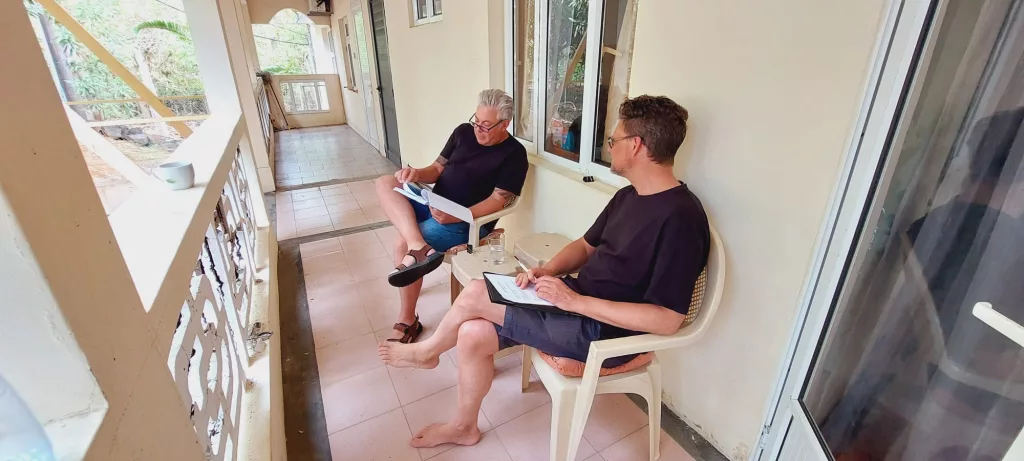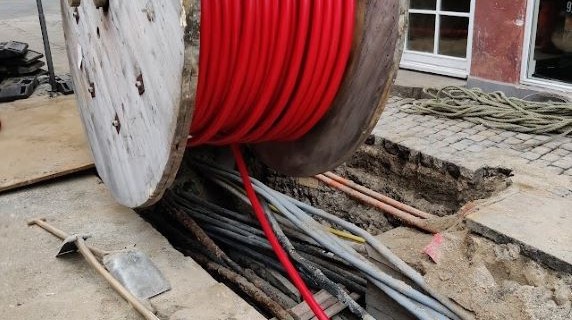In a new article published in International Affairs, Felix Mallin and I investigate the current state of global ocean politics. Highlighting the dramatic changes in awareness and rethinking the oceans, we show how the debate is increasingly organized by four new ‘blue paradigms’: maritime security, blue economy, ocean health, and blue justice.
We explore each of the blue paradigms in detail and discuss how they render the current state of the oceans problematic in different ways. In consequence, the proposed policy solutions and instruments diverge quite substantially, and new ways of forging synergies between the paradigms must be identified.


